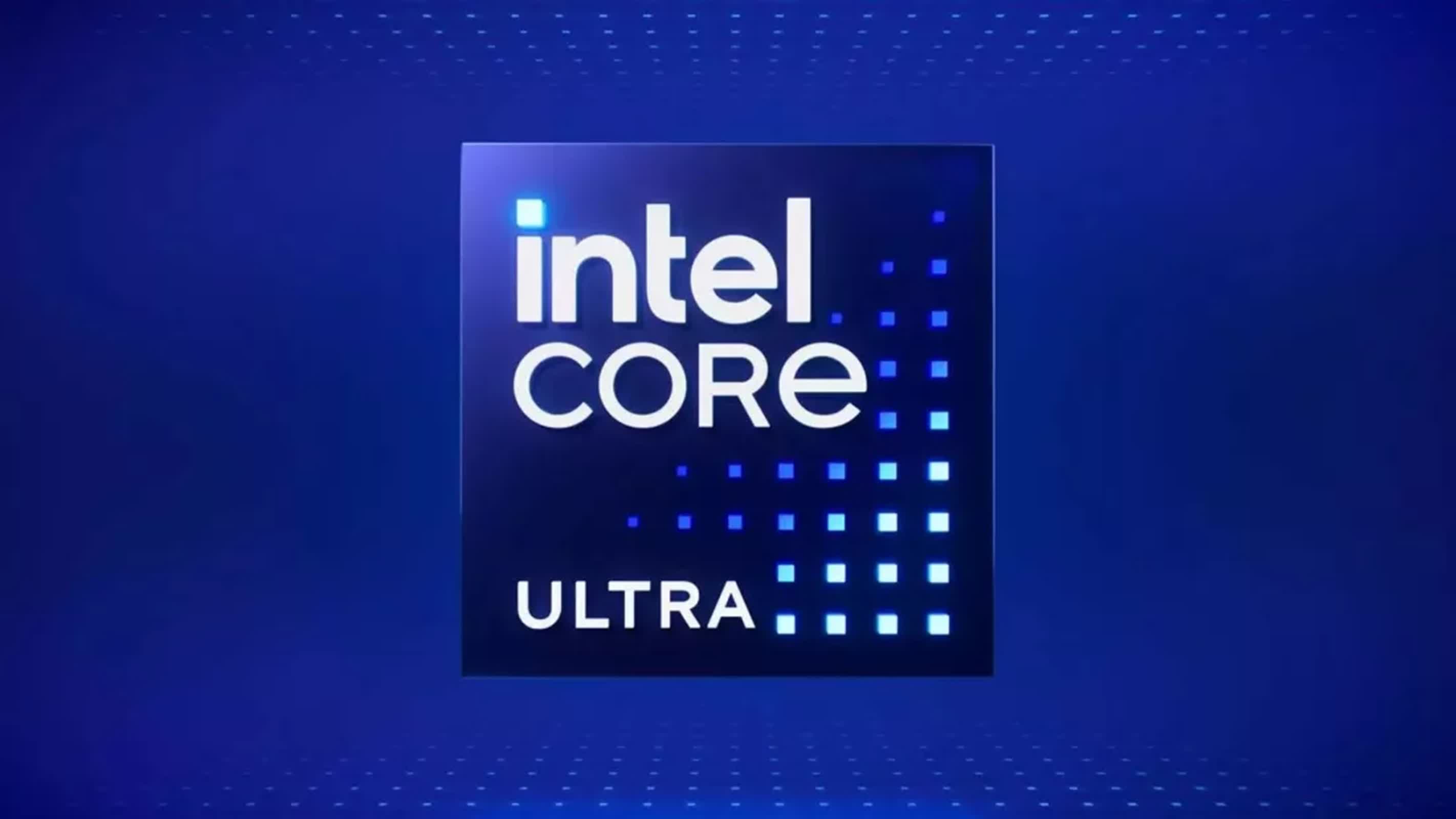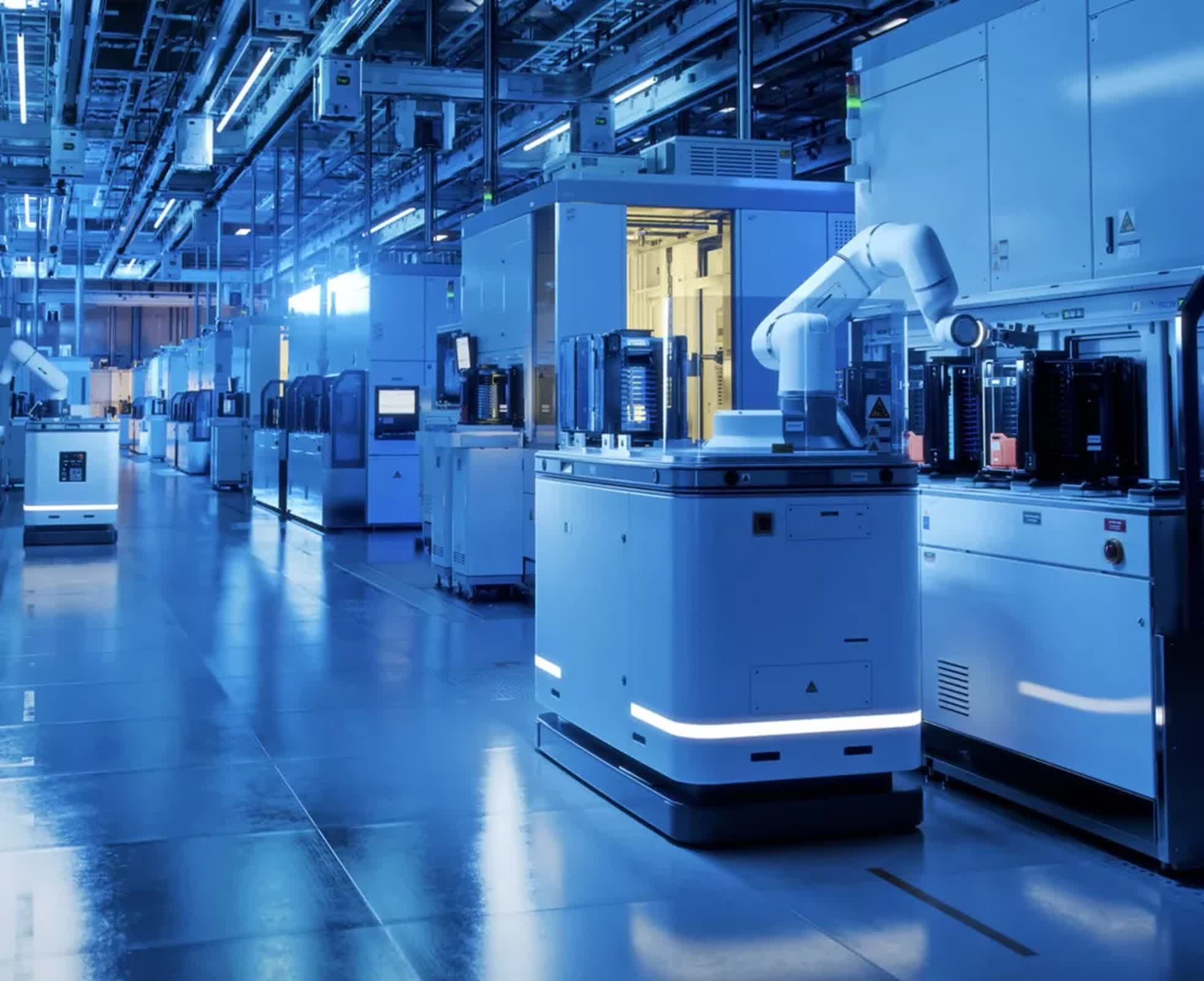Rumor mill: Intel may be edging closer to unveiling what could be its most powerful and innovative desktop CPUs yet. A new report from SemiAccurate indicates that the company's upcoming Nova Lake-S processors have completed the tape-out phase at TSMC's fabrication plants in Taiwan. This key step marks the transition from design to the first real silicon chips made for internal testing.

For years, speculation surrounded which manufacturing process Intel would use for Nova Lake-S, with many expecting a debut for the company's in-house 18A node. The latest developments, however, reveal that at least part of Nova Lake-S will rely on TSMC's cutting-edge N2 process, supporting the theory that Intel is embracing a hybrid foundry strategy.
This approach could be a response to concerns about production yields and readiness with the 18A node or a pre-emptive measure to ensure enough chips to meet demand by tapping proven external capacity.
The tape-out phase is far from the end of the road. Next, Intel must validate the chips through rigorous "power on" testing and laboratory qualification, a process likely to last several weeks to a month. Only after this stage, and once high-volume manufacturing is scheduled, will Nova Lake-S move closer to retail. Industry watchers expect the launch to come in the second half of 2026, with some sources pinpointing the third quarter as the most likely target for consumer availability.
The move to TSMC's advanced N2 process technology comes against a backdrop of ongoing struggles with Intel's 18A node, which is reportedly experiencing low yield rates and delays that have already impacted timelines for upcoming product families.

The SemiAccurate report confirms earlier speculation fueled by an Intel support document about the Time Coordinated Computing (TCC) platform, which referenced several unreleased Intel platforms expected to be announced soon, including Nova Lake-S for desktops.
Separately, according to reputable leakers @chi11eddog and @jaykihn0, Nova Lake-S is expected to launch in the second half of 2026 and will introduce a sweeping overhaul in both design and performance targets.
If these specifications prove accurate, Nova Lake-S will represent a significant shift in Intel's approach to processor design. The flagship desktop models are expected to feature a highly intricate, tiled architecture and up to 52 cores, built from a combination of 16 high-performance P-cores based on the new Coyote Cove design, 32 Arctic Wolf E-cores for efficient multi-threaded tasks, along with four ultra-low-power LPE-cores for background operations. Such a leap more than doubles the maximum core count seen in the previous Arrow Lake generation.
Supporting features are equally ambitious. The integrated memory controller reportedly supports speeds up to 8,800 MT/s, while graphics and media duties will be distributed across a new hybrid iGPU platform consisting of Xe3 "Celestial" and Xe4 "Druid" cores.
Intel's platform roadmap will also require users to adopt new hardware. Nova Lake-S is expected to introduce a new LGA 1854 socket and 900-series chipsets, necessitating motherboard upgrades but unlocking a suite of next-generation features tied to the new architecture.
While real-world performance benchmarks will have to wait, industry rumors suggest Nova Lake-S could deliver up to 25 percent higher speeds with as much as 36 percent greater energy efficiency compared to its predecessors. How these numbers will play out in actual computing tasks remains to be seen, but the signs point to Nova Lake-S as a potential landmark in Intel's client CPU history.
Intel Nova Lake-S chips complete tape-out, could be company's most ambitious desktop CPU yet